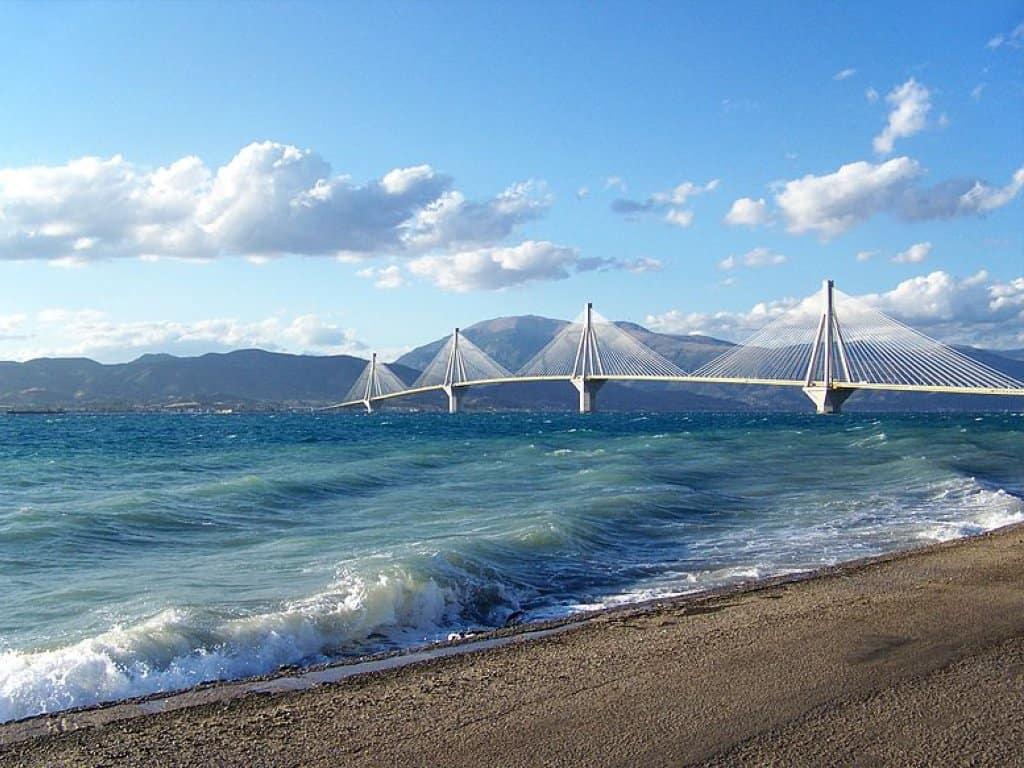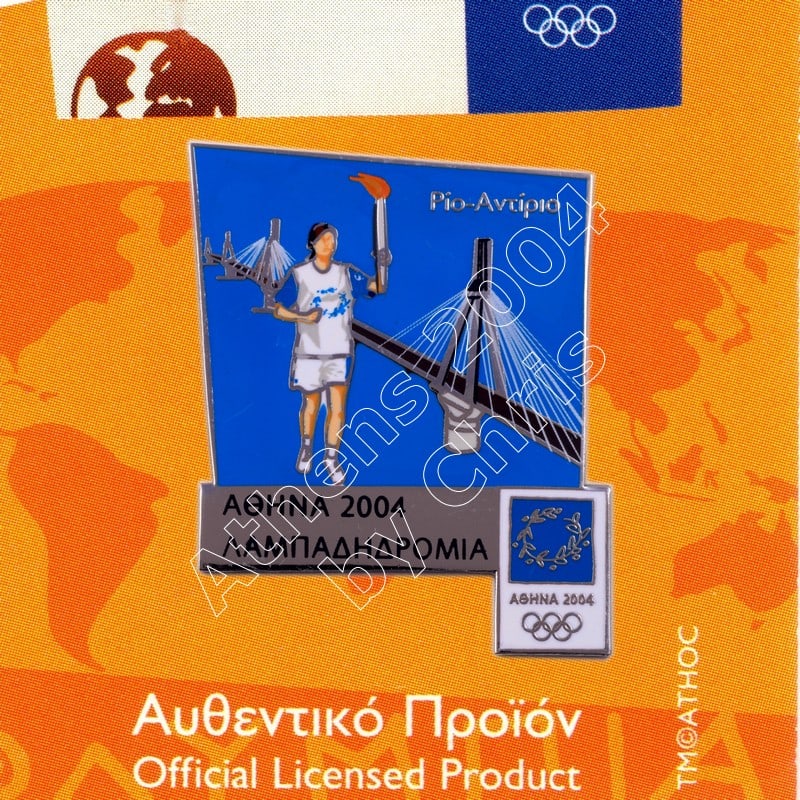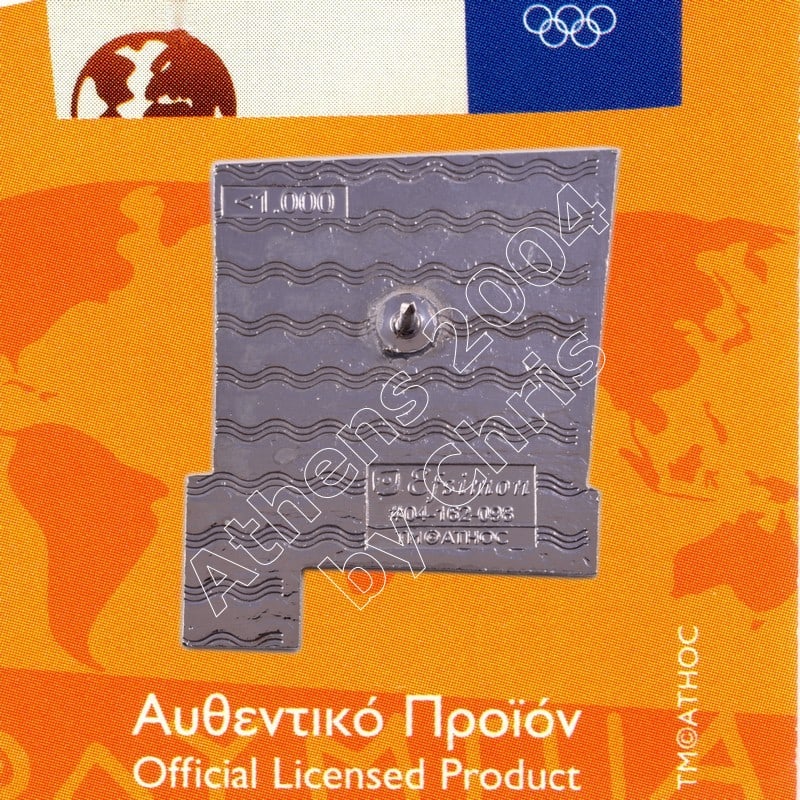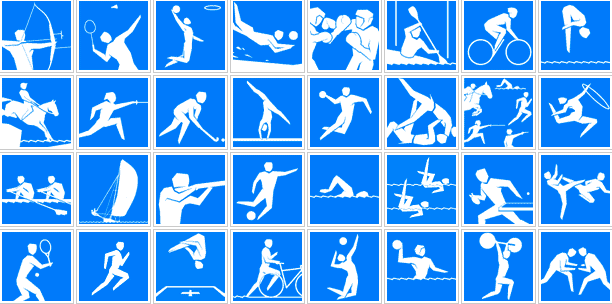Description
Rio Antirio – Torch Relay Greek Route
Athens 2004 Olympic Games Pin
The Olympic Flame past from Greek City, Rio Antirio.
The 2004 Summer Olympics Torch Relay took the Olympic Flame across every habitable continent, returning to Athens, Greece. Every citywhich had hosted the Summer Olympics was revisited by the torch, as well as several other cities chosen for their international importance.
The relay was the first time the Olympic flame had travelled to Africa, India and South America. The flame was transported from country to country aboard a specially-equipped Boeing 747 leased from Atlanta Icelandic (Registration TF-ARO) called Zeus. On board the flame was carried and burned continuously in specially modified miners lamps.
The Rio–Antirrio Bridge, officially the Charilaos Trikoupis Bridge after the statesman who first envisaged it, is one of the world’s longest multi-span cable-stayed bridges and the longest of the fully suspended type. It crosses the Gulf of Corinth near Patras, linking the town of Rio on the Peloponnese peninsula to Antirrio on mainland Greece by road.
Its official name is the Charilaos Trikoupis Bridge. Charilaos Trikoupis was a 19th century prime minister of Greece; he suggested the idea of building a bridge between Rio and Antirrio. The project was too expensive at the time, when Greece was trying to get a late start in the Industrial Revolution.
The 2,880 m (9,449 ft) long bridge (approximately 1.8 miles) dramatically improves access to and from the Peloponnese, which could previously be reached only by ferry or via the isthmus of Corinth in the east. Its width is 28 m (92 ft) — it has two vehicle lanes per direction, an emergency lane and a pedestrian walkway. Its five-span four-pylon cable-stayed portion of length 2,252 m (7,388 ft) is the world’s second longest cable-stayed deck; only the deck of the Millau Viaduct in southern France is longer at 2,460 m (8,071 ft). However, as the latter is also supported by bearings at the pylons apart from cable stays, the Rio–Antirrio Bridge deck might be considered the longest cable-stayed “suspended” deck.
This bridge is widely considered to be an engineering masterpiece, owing to several solutions applied to span the difficult site. These difficulties include deep water, insecure materials for foundations, seismic activity, the probability of tsunamis, and the expansion of the Gulf of Corinth due to plate tectonics.
The pin depicts the Torchbearer passing from a monument of Rio Antirio city
Product: Olympic Pin
Pin code: #04-162-098
Tiraz: <1.000pcs
Official Licensed Product
Licensed Manufacturer: Efsimon Collection







Reviews
There are no reviews yet.